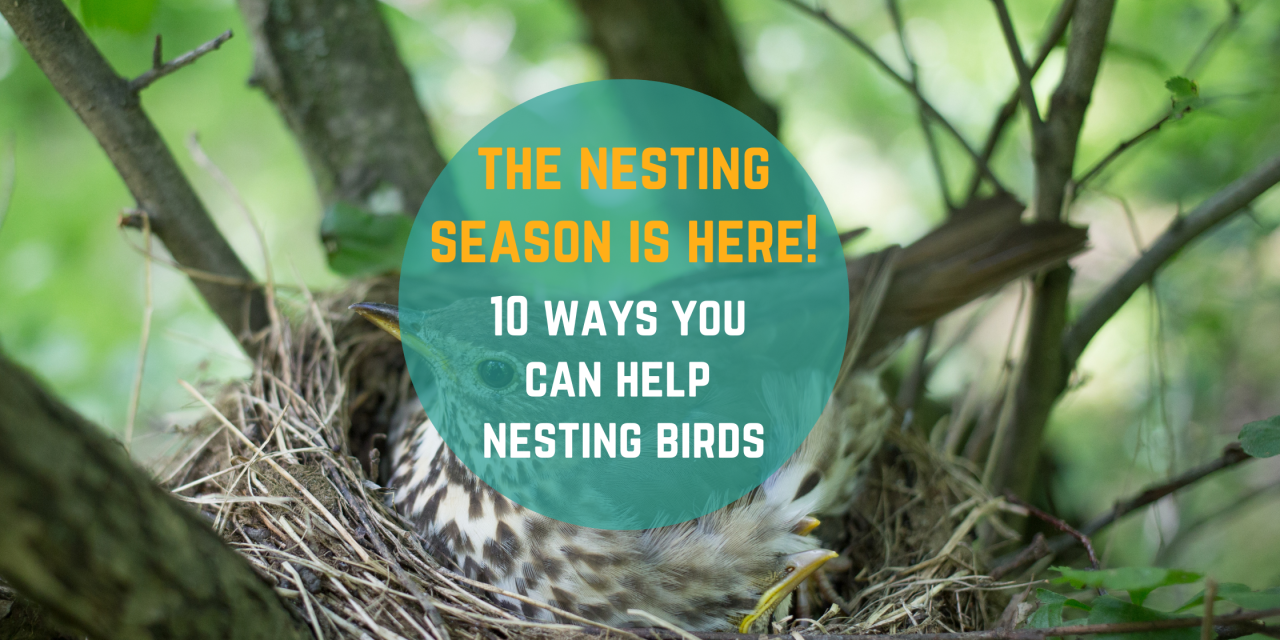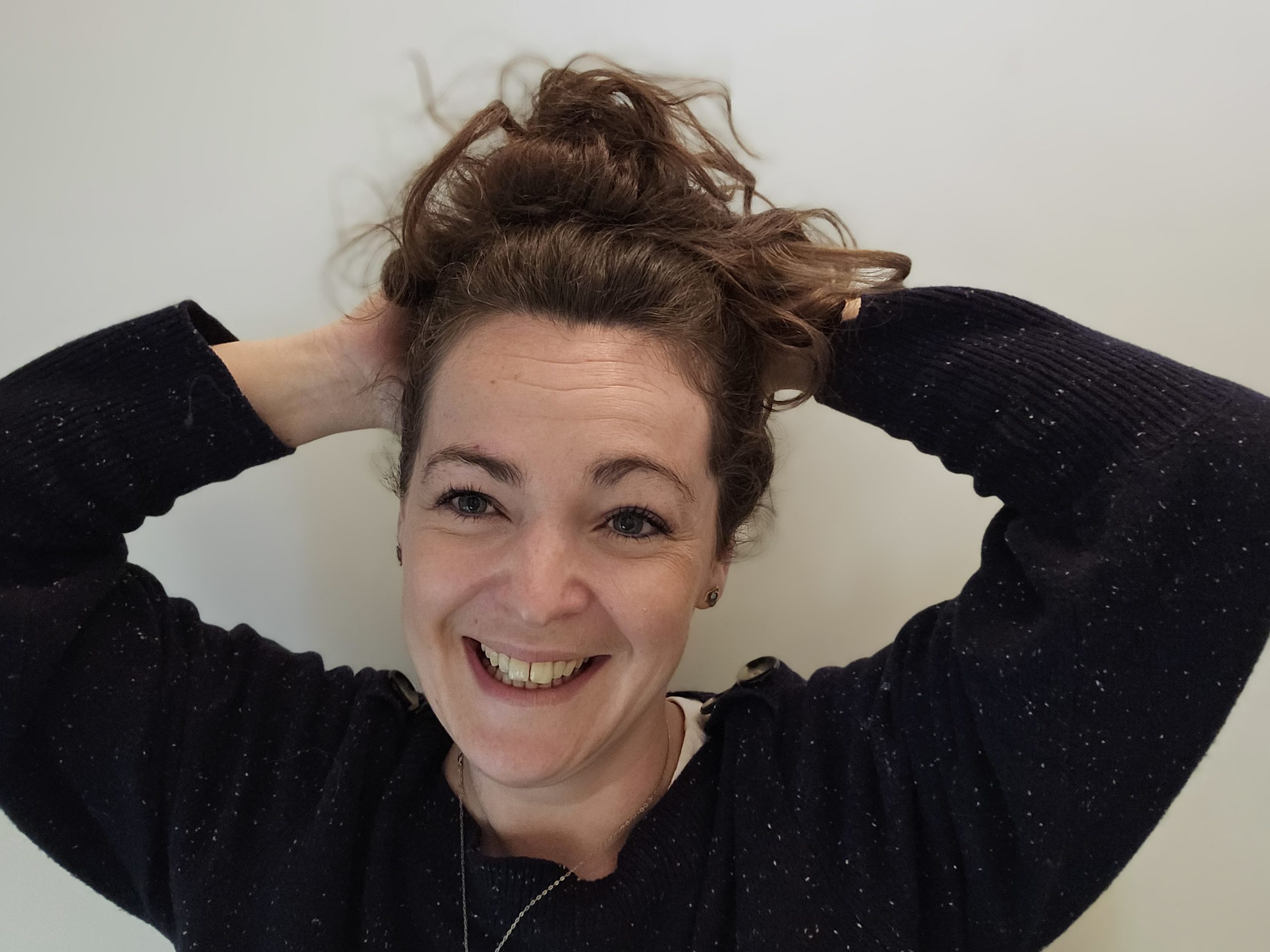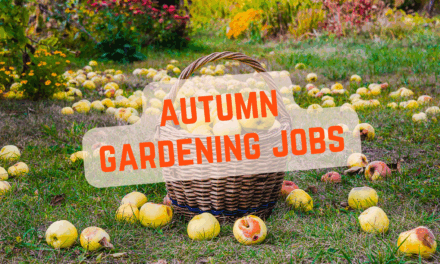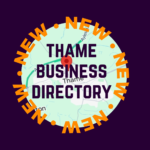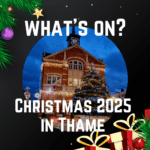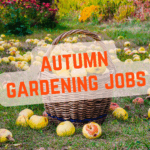The bird nesting season has officially started. Bird nesting season runs from February until August (Natural England), although a national study conducted by the British Trust for Ornithology (BTO) shows that a large range of species are now breeding up to 31 days earlier than they were in the 1960s
Early nesting birds include the Raven, Tawn Owl, Blackbird and Pigeon (although they have been known to nest all year round).
The Tawny Owl is considered one of the earliest nesters and will have a first clutch of eggs by the end of March. Other early nesters include the Blackbird and Raven.
As the bird nesting season starts and you hear an increase in birdsong as they search for mates, there are some simple things you can do to help our little feathered friends.
Here are 10 ways you can help nesting birds
- Leave out fallen leaves so there are plenty of insects to eat
- Provide fresh clean water
- Finish trimming hedges and trees where birds might want to nest
- Put out nesting boxes in safe secure places
- Supply food that’s also suitable for chicks
- Supply safe and sheltered perching spots
- Provide a muddy puddle for blackbirds, house martins and song thrushes who use mud in their nests
- Leave out moss – gather moss that you want to clear
- Leave your prunings available
- Don’t leave out human or pet hair as this can cause injury and may contain chemicals
If you’re interested in learning more about our local wildlife then joining the Cuttle Brook Nature Reserve Volunteers is a great place to start. They’ve been holding an annual bird survey since 1997. The bird survey usually takes place in May on a Sunday just after dawn. As well as surveying the local wildlife, the Cuttle Brook Volunteers carry out essential work to maintain the reserve for wildlife and visitors alike. Visit the Cuttlebrook nature Reserve website for more details.

